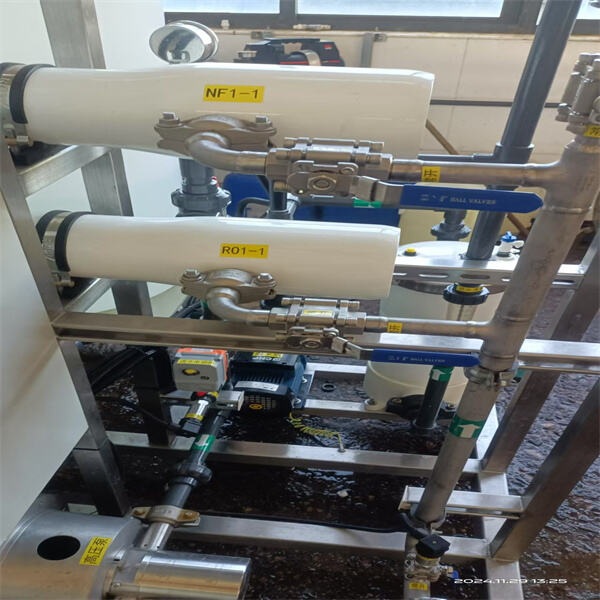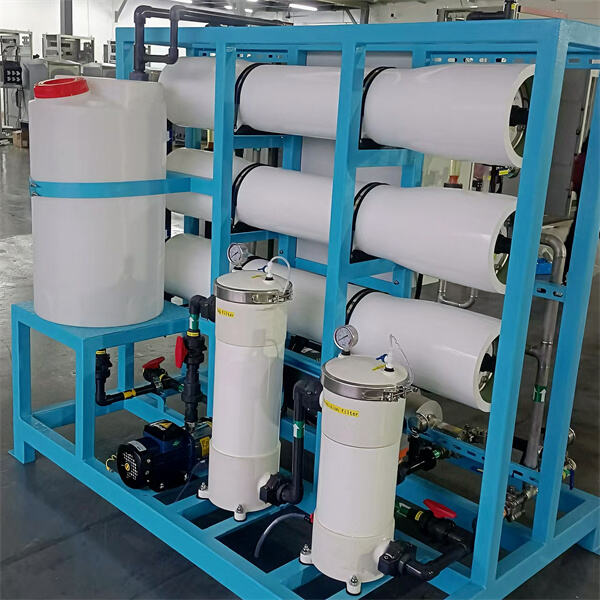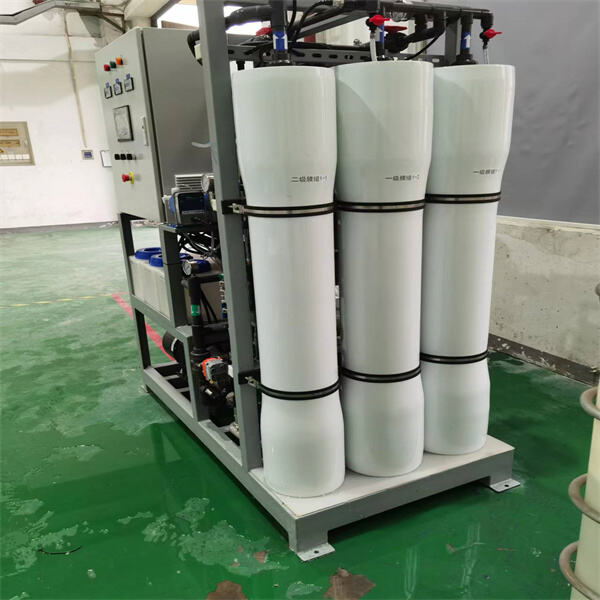Om du inte vet vad en avsaltningsanläggning är, är det helt okej! En avsaltningsanläggning är en typ av anläggning som tar saltvatten från havet och omvandlar det till rent drickvatten. Detta är mycket användbart eftersom det kan gagna människor i regioner där rent drickvatten är knapp eller bristande – främst städer som ligger nära havet. Låter bra men faktum är att dessa anläggningar är dyra att bygga och driva, och vi måste ta detta i beaktande.
Det finns många olika faktorer som kan påverka kostnaden för att utveckla och drifta en avsaltningsanläggning. Anläggningens storlek är en av de största faktorerna. Ju större anläggningen är, desto högre kostnad att bygga den. Det beror på att en större anläggning behöver fler material och mer arbetskraft för att hålla den igång. Dessutom spelar platsen där anläggningen byggs också en stor roll. Om anläggningen måste ligga långt ifrån andra byggnader eller ute i skogen kan det kräva speciella vägar eller rörledningar för att underlätta transporten av inflytande ferskvatten och bortföra utgående saltvatten till havet.
Nyckeln till detta är den teknik som används för att omvandla sjövattenavsaltningssantering till färskt. Avsaltning kan utföras på många olika sätt, varav vissa är mycket mer kostsamma än andra. Generellt kostar anläggningar som är beroende av nyare, mer avancerad teknik mer att bygga och driva. Och slutligen måste vi också ta hänsyn till energikostnaderna. Den el som krävs för att köra maskiner som separerar salt från vatten bidrar till kostnaden för avsaltningen, vilket gör det till en energi- och resurskrävande process att omvandla saltvatten till färskt vatten
Så, hur mycket kostar dessa avsaltningssanteringar faktiskt för att få frisk vatten? Utgifterna kan kosta så lite som ungefär 1 dollar och så mycket som 3 dollar för varje kubikmeter vatten som produceras, har experter funnit. En kubikmeter är mycket vatten, och marknadspriset är betydligt högre än för den genomsnittliga brunn eller direkt underjordisk källa, där du kan få en kubikmeter för cirka 0,20 dollar. Denna stora skillnad i pris tyder på att avsaltningssanteringar kanske inte alltid är den mest kostnadseffektiva lösningen, särskilt för regioner där alternativa dricksvattenkällor är tillgängliga.

Medan konstruktionen och drift av avsaltningssantering kostnad kan vara dyra, men de erbjuder också vissa avgörande fördelar. Till exempel kan de ge en tillförlitlig källa till rent vatten i kustnära städer där grundvatten eller andra källor till rent vatten kan vara otillgängliga. Detta är särskilt värdefullt under torka eller vattenbrist när många människor behöver tillgång till rent vatten. Avsaltningsanläggningar kan också minska trycket på befintliga vattenresurser och bidra till att behålla dessa resurser i gott skick.

Det är dock mycket viktigt att ta hänsyn till de positiva aspekterna av saltvattenavsaltningssantering samt kostnaderna för bygge och underhåll. I vissa fall kan det vara mer ekonomiskt fördelaktigt att hitta alternativ, till exempel att spara vatten genom åtgärder för vattenkonservering eller bygga system för att transportera rent vatten från områden där det är mer tillgängligt. Ett enskilt beslut om att bygga en avsaltningsanläggning bör fattas efter noggrann övervägning av flera faktorer – bland annat placering, tillgänglighet till andra vattenresurser och lokalt behov.

Vissa samhällen kan välja att använda traditionella finansieringsmetoder (statliga lån eller obligationer), som fungerar som att låna pengar som ska återbetalas i framtiden. Andra kan söka pengar från privata investerare eller partnerskap med företag som kan hjälpa till att täcka kostnaderna. Det finns utmaningar kopplade till någon av dessa alternativ, oavsett om det handlar om att hantera olika lagar och regler eller att få medhåll från medlemmar i det lokala samhället som kanske inte stöder ett projekt.
Ledningslaget vid Sihe Biotechnology (Jiaxing) Co., Ltd. består av teknisk personal med flera års erfarenhet inom vattenbehandlingsindustrin, höggradsingenjörer från utländska företag, framstående personal med erfarenhet från forskningsinstitut och stora inhemsk miljöteknikföretag. Företaget prioriterar utvecklingen av mänskliga och tekniska resurser, med kärnan i att etablera ett utmärkt servicemanagementteam som anpassas till konkurrensen på den inhemsk marknaden för vattenbehandling.
Din tillfredsställelse slutar inte när du köper vårt produkt; det är bara början. Vi prioriterar dina behov över allt annat och erbjuder round - the - clock, omfattande efterförsäljningstjänster. Oavsett om du kämpar med en produktrelaterad fråga eller behöver teknisk hjälp, så är vår högt utbildade och snabba team bara ett samtal eller e - post bort. Vi är dedikerade till att bygga varaktiga relationer med våra kunder, och att se till att du kan använda våra produkter med fullständig fred och ro.
Företaget följer strikta normer och processer inom kvalitetskontroll för att säkerställa att varje enhet uppfyller internationella krav på kvalitet. Vi har ett professionellt kvalitetsgarantiteam som genomför noggranna tester och inspektioner av råmaterial, sammansättning, processer och andra aspekter för att säkerställa att våra produkter fullständigt uppfyller kraven i designdokumenten och de godkända designgruderna. Samtidigt inbjuder vi kunderna att delta i de viktigaste stegen i produktproduktionens kontroll och acceptans för att säkerställa transparens och kundnöje.
Företaget integrerar forskning och utveckling, produktion, försäljning, demonstration och marknadsföring av integrerad havsvattenavsaltnings teknik och har 20 stycken automatiserade, intelligenta produktions-, test- och inspektionsutrustningar. Det är en provinsialdemo intelligent verkstad.

Copyright © Sihe Biotechnology (Jiaxing) Co., Ltd All Rights Reserved | Integritetspolicy|Blogg